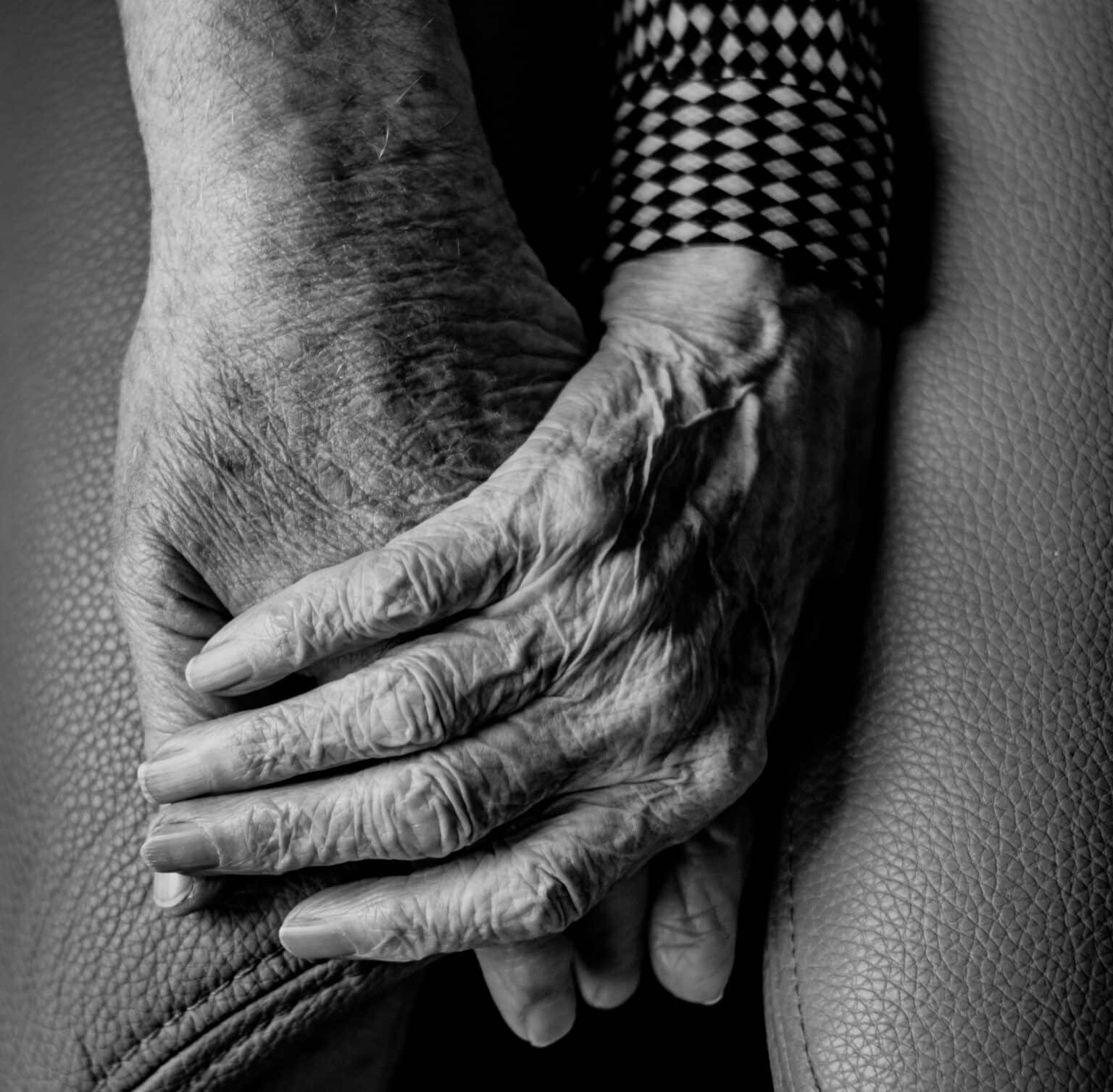The Biden Administration on Friday proposed the first-ever federal minimum staffing requirements for nursing homes.
The White House noted in a statement that the nursing home industry receives nearly $100 billion annually from American taxpayers, “yet too many nursing homes chronically understaff their facilities—resulting in poor, substandard care that endangers residents.”
Further, the Administration notes that more than 200,000 nursing home residents and workers died during the Covid pandemic.
To that end, Centers for Medicare & Medicaid Services (CMS) is proposing a rule to set a federal floor for staffing levels that includes having a registered nurse on site 24/7 as well as a certain minimum number of registered nurses and nurse aides to help provide routine care according to resident needs “based on a robust assessment of the facility’s residents.”
CMS simultaneously announced plans to beef up enforcement of existing nursing home standards, which currently require “sufficient” staffing and a registered nurse on site eight hours a day. Oversight will be taken over by the Health and Human Services (HHS) Office of the Inspector General.
In this year’s State of the Union Address, President Biden vowed to protect “seniors’ lives and life savings by cracking down on nursing homes that commit fraud, endanger patient safety, or prescribe drugs they don’t need.”
If finalized, the mandatory staff rule would be the most significant revision to nursing home regulations since they were created in the 1970s. According to CMS, about three-quarters of present-day nursing homes would have to strengthen their staffing.
However, some industry insiders note that the White House’s proposal is easier said than done.
“There are simply no people to hire—especially nurses,” Katie Smith Sloan, president and CEO of LeadingAge, said in a statement. “America’s under-funded, long-ignored long-term care sector is in a workforce crisis.”
According to the American Nurses Association (ANA), throughout 2022 more registered nurse jobs were available than any other profession in the United States, while the U.S. Bureau of Labor Statistics projects that more than 275,000 additional nurses are needed from now through 2030.


